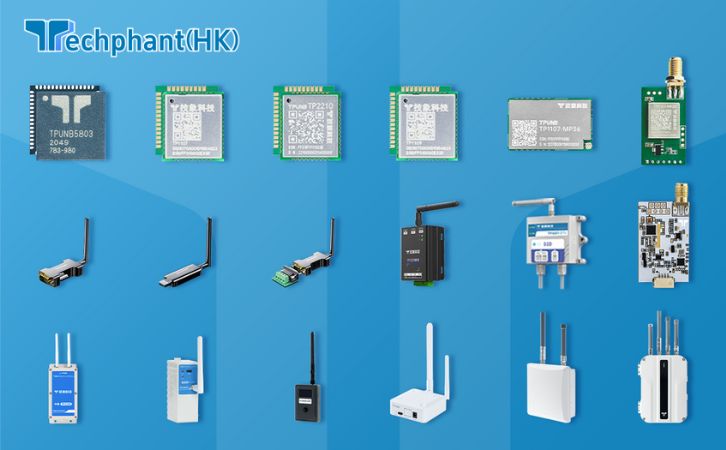Personnel positioning technologies have become integral to modern workforce management, enabling organizations to track the real-time locations of employees, enhance safety, and optimize operations. These systems leverage a variety of technologies to provide accurate location data in diverse environments, from indoor facilities like hospitals and warehouses to outdoor settings like construction sites. This article explores the key technologies driving personnel positioning, their functionalities, applications, and challenges, offering a comprehensive understanding of their role in today’s industries.
I. Global Positioning System (GPS) for Outdoor Tracking
The Global Positioning System (GPS) is one of the most widely used technologies for personnel positioning, particularly in outdoor environments. GPS relies on a network of satellites that transmit signals to receivers, allowing devices to calculate their precise location based on trilateration. For personnel tracking, employees carry GPS-enabled devices, such as smartphones or dedicated trackers, which provide real-time location data with an accuracy of about 5–10 meters under optimal conditions.
GPS is highly effective for industries like logistics, transportation, and construction, where workers are spread across large outdoor areas. For example, fleet management companies use GPS to monitor drivers’ locations, ensuring timely deliveries and adherence to routes. However, GPS has limitations in indoor environments or areas with obstructions like tall buildings or dense forests, where satellite signals are weak or blocked. Additionally, GPS devices require a clear line of sight to multiple satellites, and their battery consumption can be significant, necessitating regular recharging or replacement.
II. Radio Frequency Identification (RFID) for Proximity-Based Tracking
Radio Frequency Identification (RFID) is a cost-effective technology for personnel positioning, particularly in controlled environments like warehouses, factories, or hospitals. RFID systems consist of tags, which are attached to employee badges or uniforms, and readers, which detect the tags within a specific range. Passive RFID tags, which do not require a power source, are activated by the reader’s electromagnetic field and are ideal for short-range tracking (up to a few meters). Active RFID tags, powered by batteries, offer a longer range (up to 100 meters) and are suitable for larger facilities.
RFID excels in proximity-based applications, such as ensuring workers enter authorized zones or tracking attendance at specific checkpoints. For instance, in healthcare, RFID tags on staff badges help monitor their presence in critical areas like operating rooms. However, RFID’s accuracy is limited to proximity detection rather than precise coordinates, and its performance can be affected by metal or liquid interference. Despite these drawbacks, RFID’s affordability and ease of deployment make it a popular choice for many organizations.
III. Bluetooth Low Energy (BLE) for Indoor Positioning
Bluetooth Low Energy (BLE) has emerged as a versatile technology for indoor personnel positioning due to its low power consumption and widespread compatibility with smartphones and wearables. BLE systems use beacons—small devices that broadcast signals to nearby receivers—to create a network for location tracking. By analyzing signal strength (RSSI) or time-of-flight data, BLE systems can achieve an accuracy of 1–3 meters, making them suitable for indoor environments like offices, retail stores, or museums.
BLE is particularly valuable for applications requiring real-time updates, such as guiding staff through large facilities or monitoring their movements during emergencies. For example, in a retail setting, BLE can track employee locations to optimize customer service by dispatching the nearest available staff member. The technology’s main challenges include signal interference from walls or other devices and the need for a dense network of beacons to ensure coverage, which can increase deployment costs. Nevertheless, BLE’s integration with existing devices and its energy efficiency make it a compelling option for indoor tracking.
IV. Ultra-Wideband (UWB) for High-Precision Tracking
Ultra-Wideband (UWB) is a cutting-edge technology that offers unparalleled accuracy for personnel positioning, often achieving sub-meter precision. UWB operates by transmitting short pulses across a wide frequency spectrum, allowing devices to measure the time it takes for signals to travel between a tag and multiple anchors. This time-of-flight approach provides highly accurate location data, even in complex environments with obstacles.
UWB is ideal for high-stakes applications, such as tracking workers in hazardous environments like oil rigs or chemical plants, where precise location data can be critical during emergencies. For instance, UWB can pinpoint a worker’s location within centimeters, enabling rapid response in case of an accident. However, UWB systems are more expensive than GPS, RFID, or BLE due to the cost of specialized hardware and infrastructure. Additionally, UWB’s range is limited compared to GPS, typically covering up to 50–100 meters. Despite these challenges, UWB’s superior accuracy is driving its adoption in industries prioritizing safety and precision.
Conclusion
Personnel positioning technologies—GPS, RFID, BLE, and UWB—offer a range of solutions tailored to different environments and use cases. GPS excels in outdoor tracking, RFID provides cost-effective proximity detection, BLE enables efficient indoor positioning, and UWB delivers unmatched precision for critical applications. Each technology has its strengths and limitations, and organizations must consider factors like accuracy, cost, scalability, and environmental constraints when choosing a solution. As these technologies continue to evolve, integrating with IoT, AI, and 5G, they promise to enhance workplace safety, operational efficiency, and decision-making, shaping the future of personnel management across industries.


